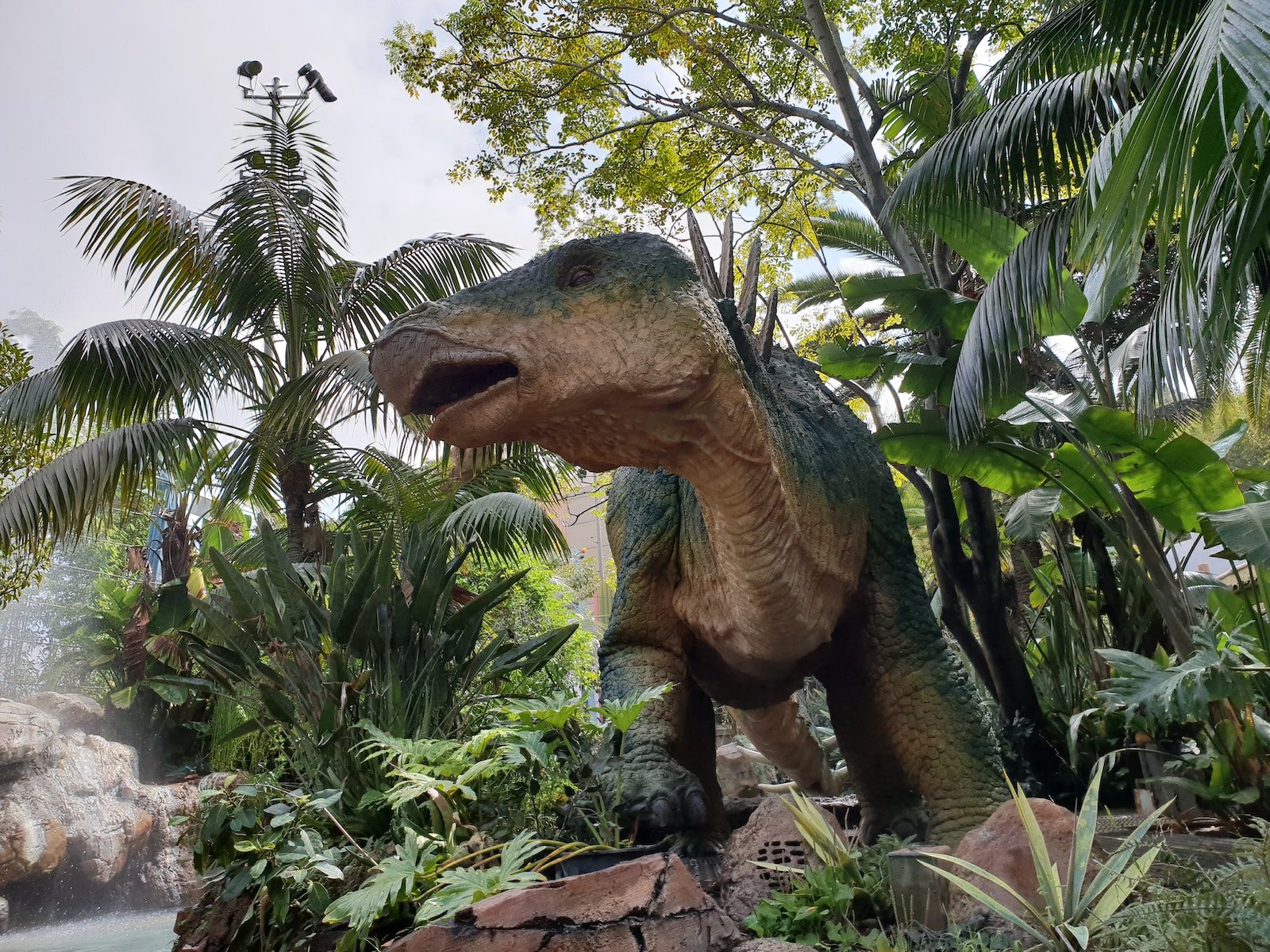Animatronics is a field that combines animation and electronics to create lifelike and interactive robotic characters. The term “animatronics” is derived from the words “animation” and “electronics.” These robotic creatures are commonly used in various industries, such as film and television, theme parks, museums, and even in some retail settings.
The main objective of animatronics is to bring inanimate objects to life by simulating human or animal movements, behaviors, and sometimes even speech. Animatronic characters can range from small and simple devices to large and highly complex robots. They are often designed to replicate the appearance and movements of specific creatures, such as dinosaurs, animals, or fictional characters.
The process of creating an animatronic character involves several key components. First, there is the mechanical framework, which provides the structure and movement for the character. This framework consists of various motors, gears, and linkages that allow the animatronic to move its limbs, head, and other body parts. The movements can be programmed or controlled remotely.
The primary goal of animatronics is to create the illusion of life-like movement and behavior in inanimate objects. This is achieved by integrating mechanical components, such as motors, gears, and servos, with electronic controls and programming to synchronize the movements of different parts. Additionally, sensors and actuators may be employed to enable interactions with the environment or with humans.
Here are some notable applications of animatronics:
- Entertainment and Theme Parks: Animatronics have long been used in amusement parks and entertainment venues to bring characters to life. They are commonly seen in rides, haunted houses, and interactive exhibits, where they can provide engaging and immersive experiences for visitors.
- Film and Television: Animatronics play a crucial role in the creation of realistic creatures and characters in movies and TV shows. They are often used alongside computer-generated imagery (CGI) to enhance visual effects and achieve a more authentic look and feel.
- Advertising and Marketing: Animatronics can be used in advertising campaigns to capture the attention of consumers. Lifelike animated figures can help promote products or brands in a unique and memorable way.
- Education and Museums: Animatronics are utilized in educational settings and museums to simulate natural or historical scenes, allowing visitors to interact with lifelike models and learn in an engaging manner. This approach is particularly useful in teaching biology, paleontology, and other subjects.
- Research and Simulation: Animatronics are employed in scientific research, such as studying animal behavior or testing hypotheses about human-machine interactions. They can be used to simulate realistic scenarios and aid in understanding and developing robotic systems.
- Special Effects: In the entertainment industry, animatronics contribute to creating stunning special effects. They can bring fictional creatures, monsters, or aliens to life, adding an element of realism to fantasy or science fiction productions.
Overall, animatronics offer a wide range of applications, enhancing entertainment experiences, facilitating education, enabling scientific exploration, and contributing to the creation of visually impressive effects in various industries. The field continues to evolve, pushing the boundaries of what is possible in terms of lifelike and interactive character representation.

